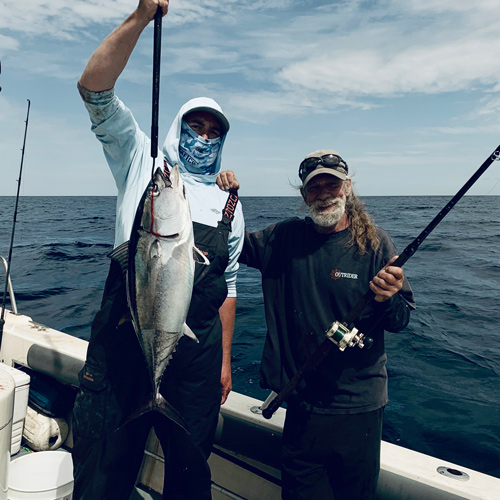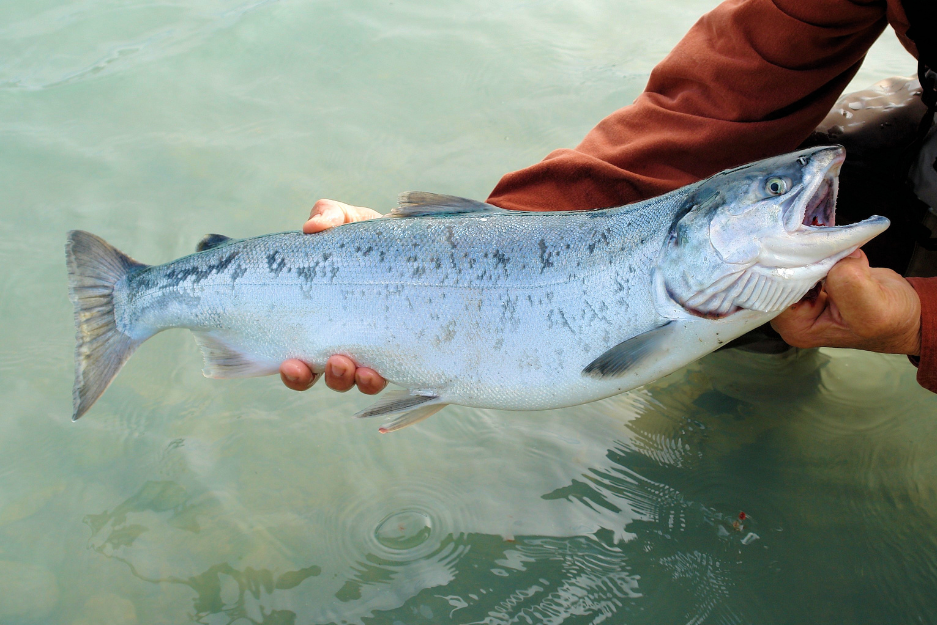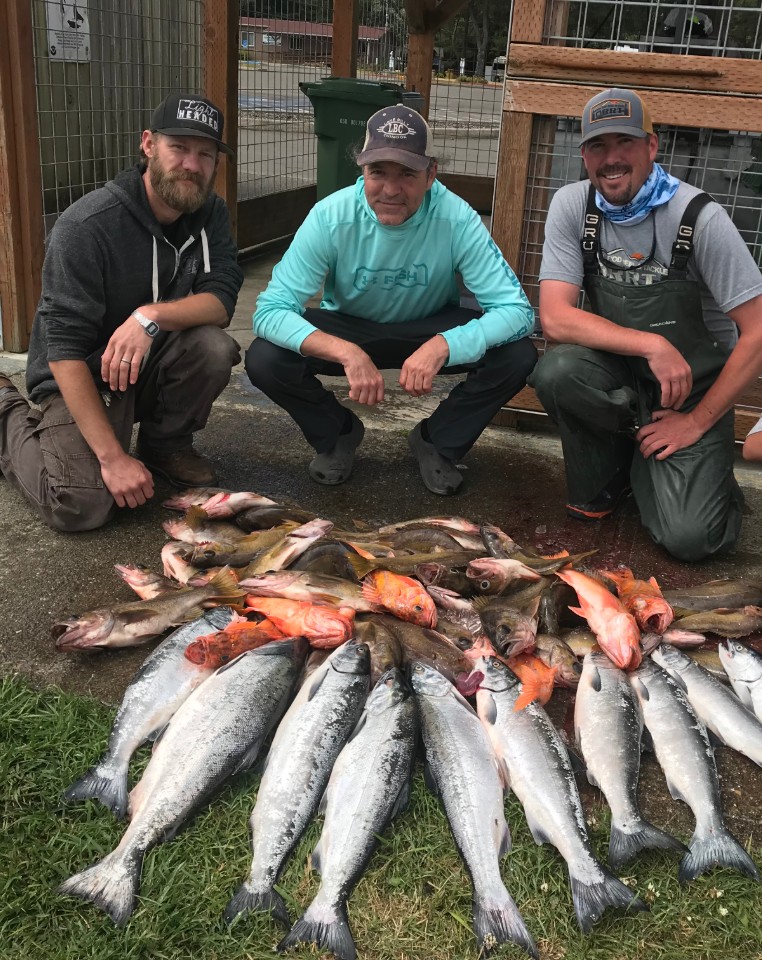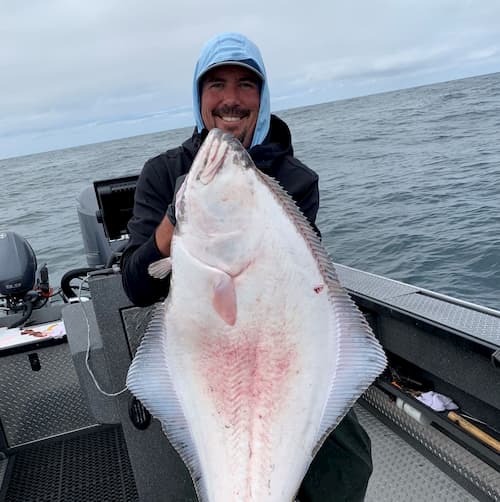As we head into summer ’25, anglers booking a guided charter on the Siuslaw and…

The Pacific Ocean fishery that hinges on wind the most is the mighty Albacore Tuna. Although wind is the most critical part of the equation for all fisheries and the overall health of the entire ocean, our offshore tuna fishing season can be made or broken entirely on the wind. It is a complex relationship that takes a little time to understand.
Wind from the north causes upwelling, a rising of seawater. As the north wind blows it pushes the warm surface water to the beach and causes it to dive under to the depths. It is replaced by cold, nutrient-dense water rising from deep below the surface. This ‘turning over’ is the primary driver of the entire ecosystem. As the nutrients come to the surface, phytoplankton and zooplankton thrive and those plankton become the primary food source for baitfish. In essence, they form the base of the food chain. We love to see a strong upwelling in the early part of the spring and summer, because it provides the backbone of a very healthy ocean. All life forms flourish along the coast, especially our baby salmon. Water temperature nearshore can dip as low as 47 or 48 degrees during ‘northerlies’. Yet, as you can imagine, this cold water is not where our tuna fish thrive; unlike most fish, they are warm-blooded and need warm water to live.
Too much north wind will push that cold, plankton-filled water far offshore, making tuna near impossible to reach for day boats. This is exactly what took place during the summer of 2020. Tuna reports were marginal at best, at a distance of over 60 miles from shore. Typically, we find water that is cobalt blue just past the plankton blooms on the edge of the continental shelf. Not in 2020! The ‘green’ water was far offshore and no clear edge was present to focus fishing efforts.
All it takes is a little change in wind direction to create the right circumstances for excellent tuna fishing! Weather systems carrying moisture come from warmer waters to south in the spring and circulate ‘southerlies’. These south winds bring warm water, and temps can reach in the mid sixties. With enough south wind, tuna can be found as close as 15 miles on exceptional years!
It is along the edge of warm and cold waters that the tuna thrive. Baitfish grow fat and oily here, and in turn, so do the tuna. The omega three fatty acids in these fish make them hard to clean, and Captain Jason has dubbed their loins ‘pacific pork’.
As you can see, depending on which way the wind blows, we can have ideal conditions for tuna close to shore, or keep them out of reach! I hope this helps explain how unpredictable our tuna season can be, and also why the quality of their flesh is so prized. But more so, I hope that the south wind will blow them into range soon, and I can share one of the most fun and exciting fisheries on the west coast with you. Stay tuned!




